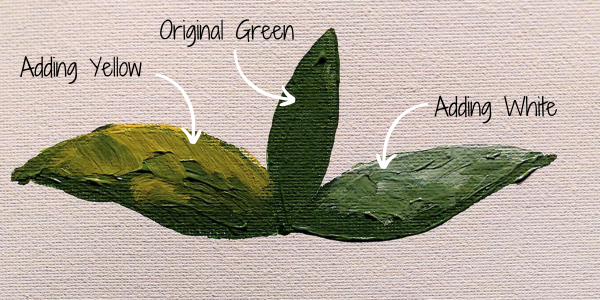
As a painter, you want your colors to be vibrant and lively, but sometimes, your colors can end up looking dull and muddy. This is a common problem for artists, but it can be prevented with a few simple techniques. Here are some tips to help you avoid muddy colors in your paintings.
- Start with a clean palette. Before you begin painting, make sure your palette is clean and free of any old paint. If you use paint that can reactivate, like gouache or watercolor, this old paint can mix with your new colors and create a dull, muddy hue.
- Choose pure, high-quality pigments. Invest in high-quality pigments and avoid using low-quality or cheap paint, as this can also result in dull, muddy colors. Cheap paint is NOT worth it. Buy less but better if you are having trouble gaining an intensity you desire.
- Use a limited color palette. When starting a new painting, choose a limited color palette, and stick to it. Too many colors can create a confusing and muddy mix. When we use a limited palette we learn how those few colors act together.
- Try mixing the colors on your palette, not on the canvas. This allows you to control the intensity and purity of your colors.
- Be careful how you use white. White is amazing pigment. It opens up a dark valued color and lets the light back in. However, often I see students use it to lighten up a color when it would have been better to a color. For example, a green leaf with light on it would often be better painted with yellow added to lighten up the green – not white. White will make it chalky in this case.
- Use a color wheel. A color wheel can help you understand color relationships and avoid muddy colors. Any time you mix a third primary into a mix, it will become more brown. Mixing complimentary colors together can create a gray.
- Experiment with glazing. Glazing is a technique where you apply a thin, transparent layer of paint over a dried layer of paint. This can help to keep your colors vibrant and prevent them from becoming muddy, because you can layer the paint with it mixing together.
Bonus tip: When you mix two colors together and they feel muddy – it is usually because one of those primaries is leaning too much towards a third primary. For example – if you use a orangey-red and mix it with Ultramarine blue, your purple will be muddy.


